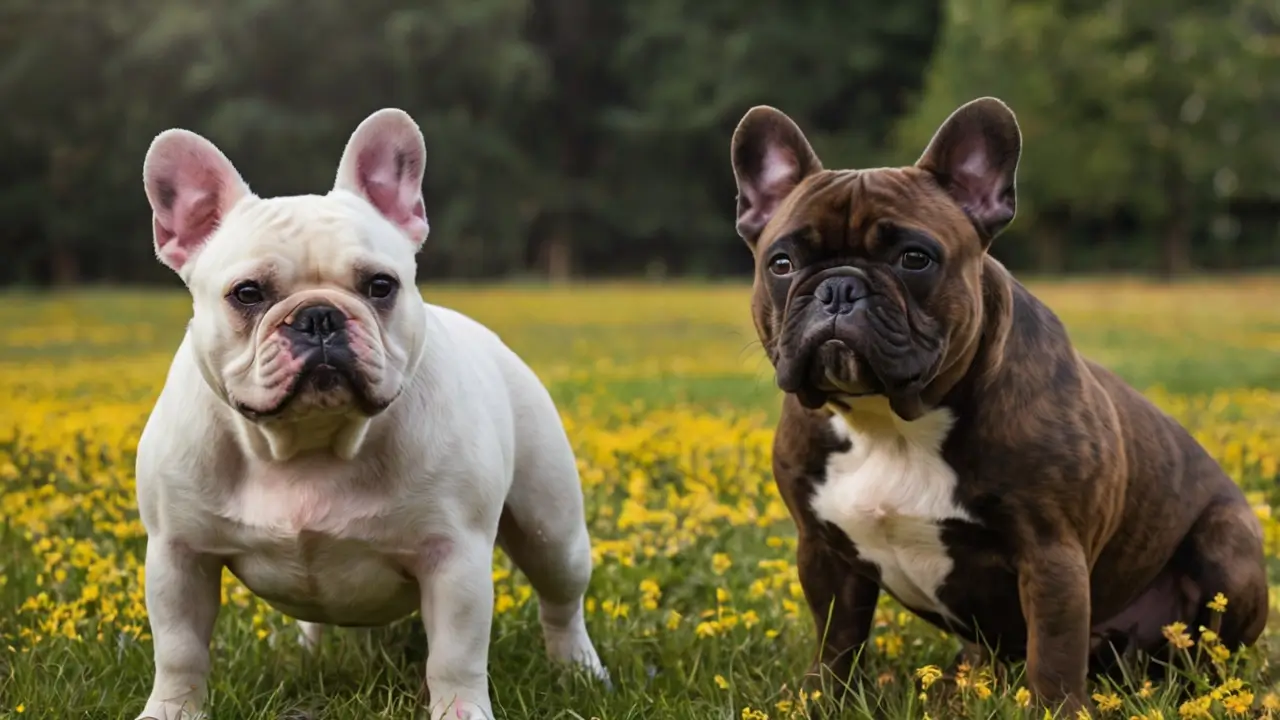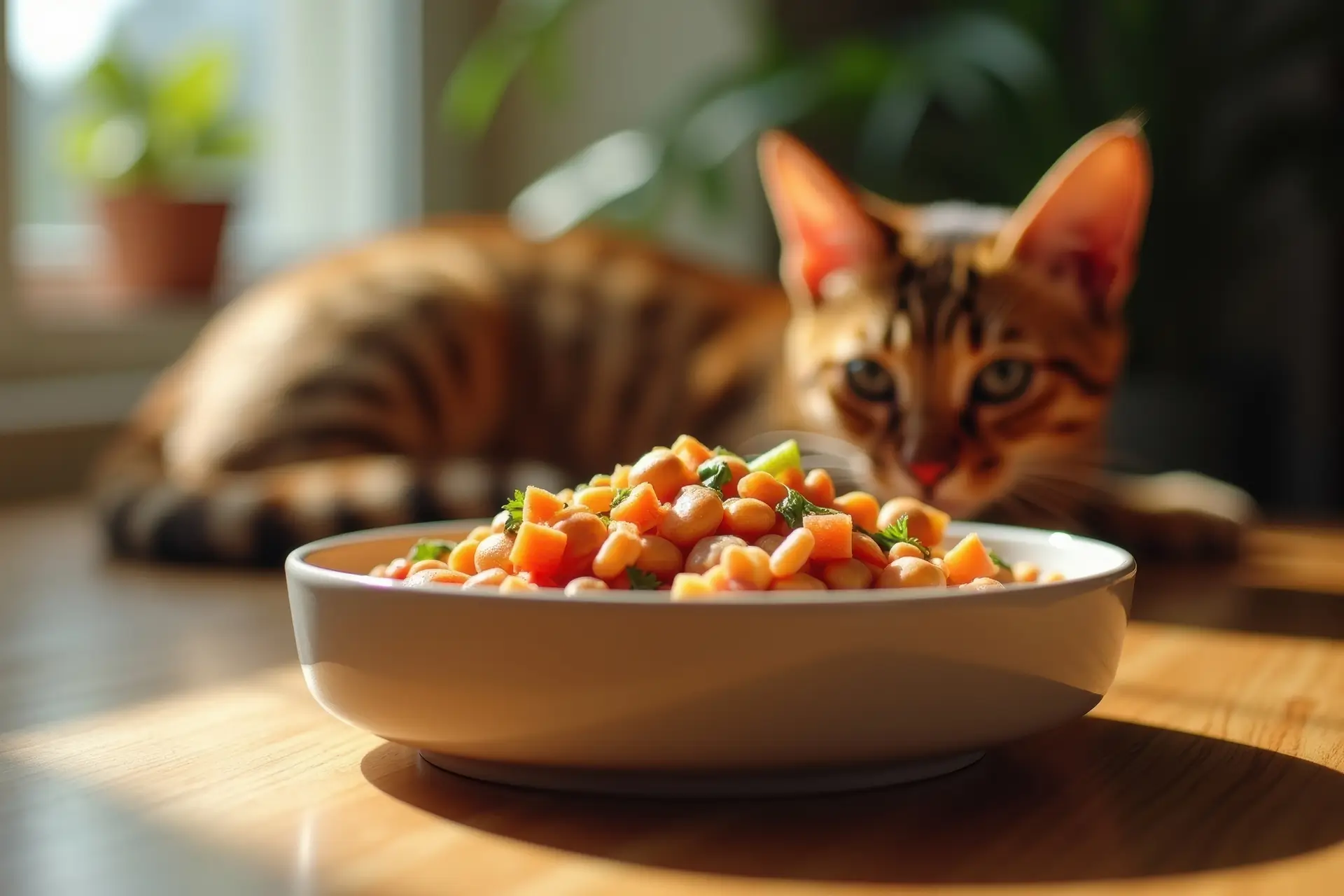Selecting the proper food is important for your feline companion. If your cat lives indoors its whole life, its diet is special. Indoor cats don’t need to be as active as outdoor cats. This tends to cause them to be overweight and develop hairballs. Selecting the Best Cat Food for Indoor Cats will keep them healthy in the long run. This food must address their specific needs.
This 2025 guide provides expert, trustworthy information. We will help you select a high quality cat food today. It is vital for your cat to maintain a healthy weight. We will cover all the science and the top modern options. You will learn how to show that you truly love your pets daily through great nutrition. We aim for you to find the perfect formula.
Best Cat Food for Indoor Cats: The Nutritional Blueprint
Every cat is an obligate carnivore. This means their diet must mainly consist of meat. This biological fact dictates the food they need. Cats require specific nutrients from animal tissue. Their bodies cannot process high levels of carbohydrates well.
The Golden Ratio: Protein, Fat, and Carbs
A focus on animal protein is required. This protein provides vital amino acids like taurine. Taurine is crucial for good heart and vision health. A high-protein diet supports lean muscle mass. This helps offset the sedentary indoor cat’s lifestyle.
The formula should also include moderate fat. Fat should be rich in fatty acids (Omega-3 and Omega-6). These contribute greatly to healthy skin and a shiny coat. The ideal food for indoor cats is low in simple carbohydrates. This prevents unnecessary calorie intake and weight gain. Look for formulas that are complete and balanced. This term means they meet AAFCO nutritional standards. This ensures the food has all the necessary vitamins and minerals.
The Hydration Challenge: Water Intake
Hydration is a silent but vital part of your cat’s health. It is especially important for the urinary tract. Cats often have a naturally low thirst drive. Many do not drink enough water on their own.
Wet Food:
Purina canned cat food has 75-85% moisture. This makes it an excellent source of hydration. You can use kitten wet food for younger cats. Incorporating wet food is highly recommended for all indoor cats.
Dry Food:
Kibble is convenient for continuous feeding. It also offers some minor dental benefits. However, dry cat food is only 5-10% water. If you feed cat biscuits, encourage more water intake. Use a fountain or multiple water bowls.
Solving Indoor Cat Health Issues Through the Diet
Indoor-only cats are prone to specific health issues. This is due to their lack of exercise and higher grooming frequency. The right diet can reduce these risks significantly. The Best Cat Food for Indoor Cats targets these risks directly.
Weight Management: Preventing Unhealthy Weight Gain
Obesity is the most common issue for indoor cats. They burn very few calories daily. This makes it easy for them to gain weight.
The best option for weight management is calorically dense food. It should be higher in protein and fiber. High protein makes them feel full longer. Fiber helps aid the feeling of satiety, too. Formulas like Purina ONE Indoor Advantage are weight-controlled. Hill’s Science Diet Cat Food Perfect Weight is another good choice. These foods help cats maintain a lean body condition. Even a fluffy long-haired calico cat needs careful portion control. Their beautiful coat can hide serious weight gain.
Hairball and Digestive Support
Indoor cats groom frequently. They ingest a lot of fur, which causes hairballs. A high-fiber diet moves hair through the digestive tract easily.
Formulas like Purina Cat Chow Indoor Dry Cat Food are fiber-rich. Iams ProActive Health Indoor Weight and Hairball is another strong choice. These specialized fiber blends support digestive health. They also keep the coat and healthy skin in better condition. This reduces shedding in the first place.
Urinary Tract Health: Hydration is the Goal
Feline Lower Urinary Tract Disease (FLUTD) is unfortunately common. It is often linked to poor hydration or mineral issues. Increased moisture intake is the best preventive step.
For cats with past issues, specific diets are needed. Prescription food includes Royal Canin Renal Support Cat Food. Non-prescription help is offered by Purina Urinary Tract Cat Food. These foods contain minerals like magnesium and phosphorus. They balance the urine’s pH level. Always consult your vet first. This commitment is why finding the best food for cats is so important.
The Diet Debate: Wet, Dry, or Mixed Feeding
Your feeding method depends on your budget and your cat’s preferences. It also depends on your cat’s specific needs.
Dry Food for Cats (Kibble)
- Pros: It is cost-effective and very convenient. It has a long shelf life. Popular brands include Friskies dry cat food and Purina Cat Chow Complete.
- Cons: The low moisture is the biggest drawback. It is also often higher in the starches needed to make kibble.
Purina Canned Cat Food (Wet)
- Pros: High moisture content is vital for hydration. It is highly palatable for picky eaters. It is generally lower in carbohydrates than kibble.
- Cons: Wet food is often more expensive. It has a much shorter shelf life once opened.
Mixing both is often the best approach. Offer kibble (best dry cat food) for convenience. Supplement it with a daily portion of wet food. This covers all nutritional bases. It also ensures adequate hydration for your pet.
Advanced Solutions: Life Stage and Lifestyle Formulas
Many brands offer specialized food beyond the general “indoor” food. These are for specific life stages or conditions.
Tailoring to Kittens: Fuel for Growth
Kittens need an intensive, calorie-dense diet. This supports their fast growth and development. Kitten food must be high in protein and fat. It needs DHA for good brain development. Look for Purina Pro Plan Kitten Food. Another great choice is Royal Canin Kitten Dry Food. These are formulated specifically for growth.
Catering to Seniors: Joint and Kidney Health
Cats over seven years old have changing needs. Senior food often controls phosphorus levels. This supports their aging kidneys. It also adds joint support supplements. Vets recommend the senior lines of Hills Science Diet Cat Food. Or use specific formulas like Royal Canin Feline Renal Support.
Addressing Human Pain Points: Allergies
Modern nutrition helps pet owners directly. Purina Live Clear is for dander-related allergies. It uses a protein to reduce dander allergens on the cat’s fur. This helps the pet parent, too. Before feeding human food, know the safety rules. You must research whether cats can eat shrimp or other such items first.
Top Recommendations for the Best Cat Food for Indoor Cats in 2025
Choosing a reputable cat food brand is vital. It must consistently meet nutritional standards. The brands below are trusted for both quality and results.
High-Quality Veterinary & Premium Picks
| Brand | Recommended Formula | Key Benefit for Indoor Cats |
| Hill’s Science Diet Cat Food | Adult Indoor Chicken Recipe | Excellent digestibility; L-carnitine assists weight management. |
| Royal Canin | Feline Health Nutrition Indoor Adult Dry | Highly digestible proteins; targeted fiber reduces hairballs. |
| Purina Pro Plan Cat Food | Indoor Hairball Management or Savor | High-protein (real meat first); promotes coat and digestive health. |
Best Over-the-Counter & Budget-Friendly
| Brand | Recommended Formula | Key Benefit for Indoor Cats |
| Purina ONE Indoor Advantage Cat Food | +Plus Indoor Advantage Real Turkey | Affordable, quality choice; high protein and fiber are included. |
| IAMS Dry Cat Food | Proactive Health Indoor Weight & Hairball | Features L-carnitine and beet pulp fiber for maintaining a healthy weight. |
When choosing, always choose formula that starts with real meat. This is true whether you pick Purina Pro Cat Food or a premium line. The best diet is the one your cat consistently eats. It must also support their specific needs. This guide helps you choose the Best Cat Food for Indoor Cats wisely.
Conclusion
Choosing the Best Cat Food for Indoor Cats is an essential commitment. The right diet manages their low activity level and obesity risk. It must also support their hydration needs. You give your cat a great life by choosing the right food. Focus on high animal protein and essential fatty acids. Ensure there are appropriate fiber levels, too. This provides the balanced nutrition they need.
Always consult your veterinarian first. This is especially true if your cat has health issues. A partnership with your vet is crucial for success. This knowledge ensures you make the best decision when feeding your cat.
FAQs
What is the best cat food for indoor cats?
The Best Cat Food for Indoor Cats is high in animal protein. It should be moderate in fat and low in carbs. Look for foods specialized for less active felines. Formulas from Hill’s Science Diet and Purina Pro Plan are recommended. They have controlled calories and fiber for hairball control.
What is the best cat food for a 4-year-old indoor housecat?
A 4-year-old cat is fully grown. The Best Cat Food for Indoor Cats should be an adult maintenance formula. It needs lean protein to sustain muscle mass. It needs fiber for digestion and hairballs. Purina ONE Indoor Advantage is a good adult formula. It helps the cat maintain a healthy weight easily.
What are some recommended non-canned cat foods?
Recommended non-canned (dry) foods should be high-quality and nutrient-dense. This food is also known as kibble. Trusted choices include Hill’s Science Diet Indoor. IAMS Dry Cat Food and Purina Cat Chow Complete are also great. They feature fiber blends and L-carnitine.
Which is the best dry food for cats?
The best dry food must list real meat as the first ingredient. It must be complete and balanced. Veterinary-backed options are top rated. Purina Pro Plan Cat Food is a favorite among vets. Hill’s Science Diet Cat Food is another highly rated brand.
What are some examples of the best and worst dry cat food?
The best dry cat foods come from research-backed brands. They have scientifically tested and transparent formulas. The worst ones rely on large amounts of non-meat ingredients. Avoid foods with excessive fillers or artificial colors. Your cat needs high quality animal protein instead.








